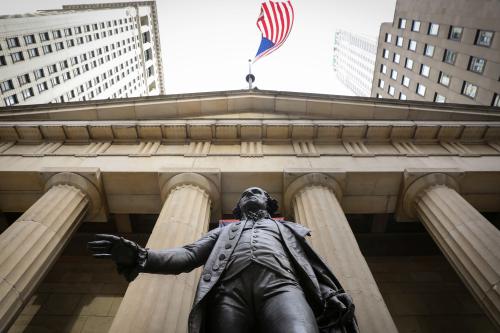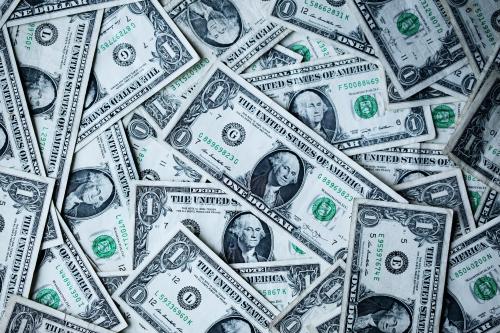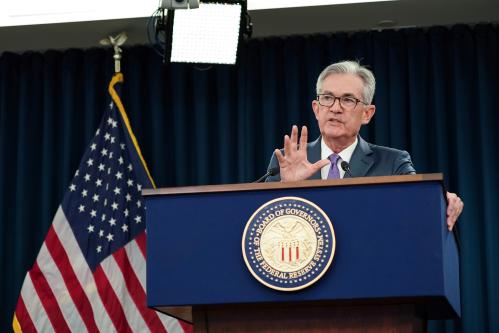This paper was originally prepared for the Aspen Economic Strategy Group and is an adaptation and extension of Fiscal Therapy: Curing America’s Debt Addiction and Investing in the Future.
Abstract
U.S. policymakers face a combination of high and rising federal debt and low current and projected interest rates on that debt. Rising future debt will reduce growth and impede efforts to enact new policy initiatives. Low interest rates reduce, but do not eliminate, these concerns. The federal fiscal outlook is unsustainable even with projected interest rates that remain below the growth rate for the next 30 years. Short-term policy responses should focus on investments that are preferably tax-financed rather than debt-financed. Most importantly, policymakers should enact a debt reduction plan that is gradually implemented over the medium- and long-term. This would avoid reducing aggregate demand significantly in the short-term and, if done well, could actually stimulate current consumption and production. It would stimulate growth in the long-term, provide fiscal insurance against higher interest rates or other adverse outcomes, give businesses and individuals clarity about future policy and time to adjust, and provide policymakers with assurance that they could consider new initiatives within a framework of sustainable fiscal policy.







